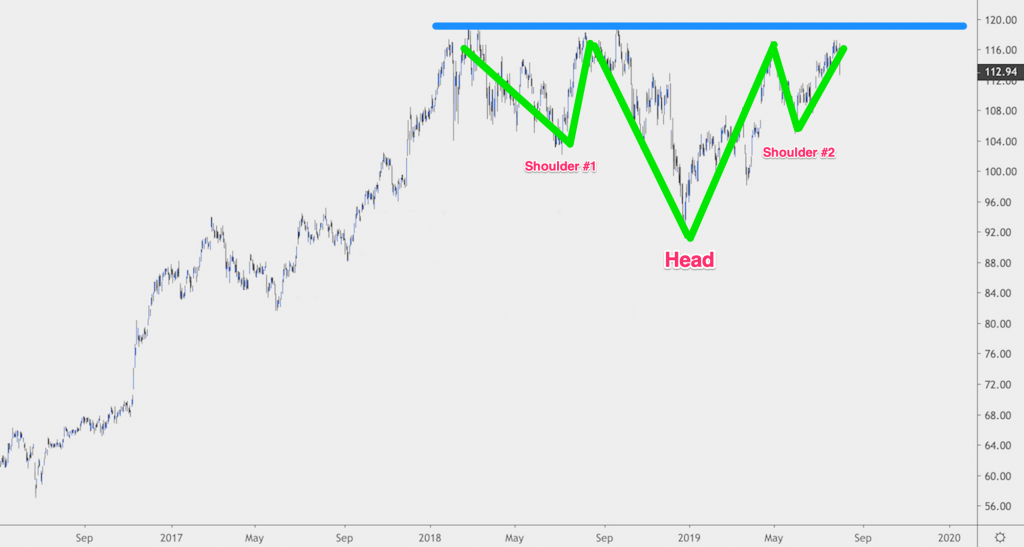And one of the stocks in this sector is flashing a buy signal now.
The Federal Reserve reduced its benchmark rate for the first time in a decade on Wednesday, delivering the quarter-point cut the market had expected.
And according to Oppenheimer’s Ari Wald, there’s one group of stocks that look like the best bets following that decision, and this group might surprise you.
“We think the financial sector needs to be owned in some manner just given how oversold the 10-year Treasury yield has become at this 2% support,” Wald told CNBC.
Many banks, including JPMorgan (NYSE: JPM) and Wells Fargo (NYSE: WFC), have issued warnings on the impact on profits from the Fed’s quarter-point cut as a reduction in rates can narrow the spread between how much banks pay to borrow money and their profits from customer loans.
However, Wald said a reversing trend in bond yields will likely begin to benefit financials and other cyclical stocks again. Early last month, the 10-year yield dipped below 2% before bouncing back. The yield dropped below 2% again Thursday, hitting 1.891%.
Gina Sanchez of Chantico Global agrees that, despite the common wisdom, falling rates won’t hurt banks. Sanchez believes banks will actually see benefits with a lower yield in short-term bonds and a higher yield in longer-term bonds.
“There’s this misguided notion that low interest rates are generally bad for banks and high interest rates are generally good for banks,” Sanchez, the CEO of Chantico Global, said. “And we keep trying to remind people that actually what matters is the spread between the long end and the short end.”
While the Fed’s rate cut may depress the short end of the yield curve, that action typically bumps up the long end, thus widening lenders’ profit margins and boosting a bank’s bottom line.
“You have coupled with that the idea that if interest rates start to go down again, the fee side of their business, which is the other side of their revenue stream, should also experience a boost, because you’re going to see more deal-making in an accommodative environment,” Sanchez said.
Of the big bank stocks, Wald says one is the safest bet of the bunch no matter how the rest of the sector responds to shifts in monetary policy.
“One name that we’re bullish on is JPMorgan,” Wald said. “The stock has come into a very important test of $119. We think if the industry comes back here you get this breakout in JPMorgan, but we also see less downside risk if there’s more time needed – some of our indicators are telling us that JPMorgan should hold on better so, very attractive risk-reward.”

This $119 resistance level is coupled by what appears to be an inverse head and shoulders pattern, a bullish technical pattern identified by the price action in a security falling to a trough, then rising (shoulder 1), then falling below the first trough and rising again (head), and then finally falling to a third trough that doesn’t fall as far as the second trough before rising again (shoulder 2).
Once the final trough is complete, the price action heads upward toward the resistance level established by the previous troughs before breaking out higher.
A price target for this pattern can be estimated by measuring the distance between the bottom of the head and the resistance neckline of the pattern, in this case that’s the $119 level, and adding that measurement to the breakout level.
For JPMorgan, the price target according to this measurement would be roughly $147, or around 30% above the current price.